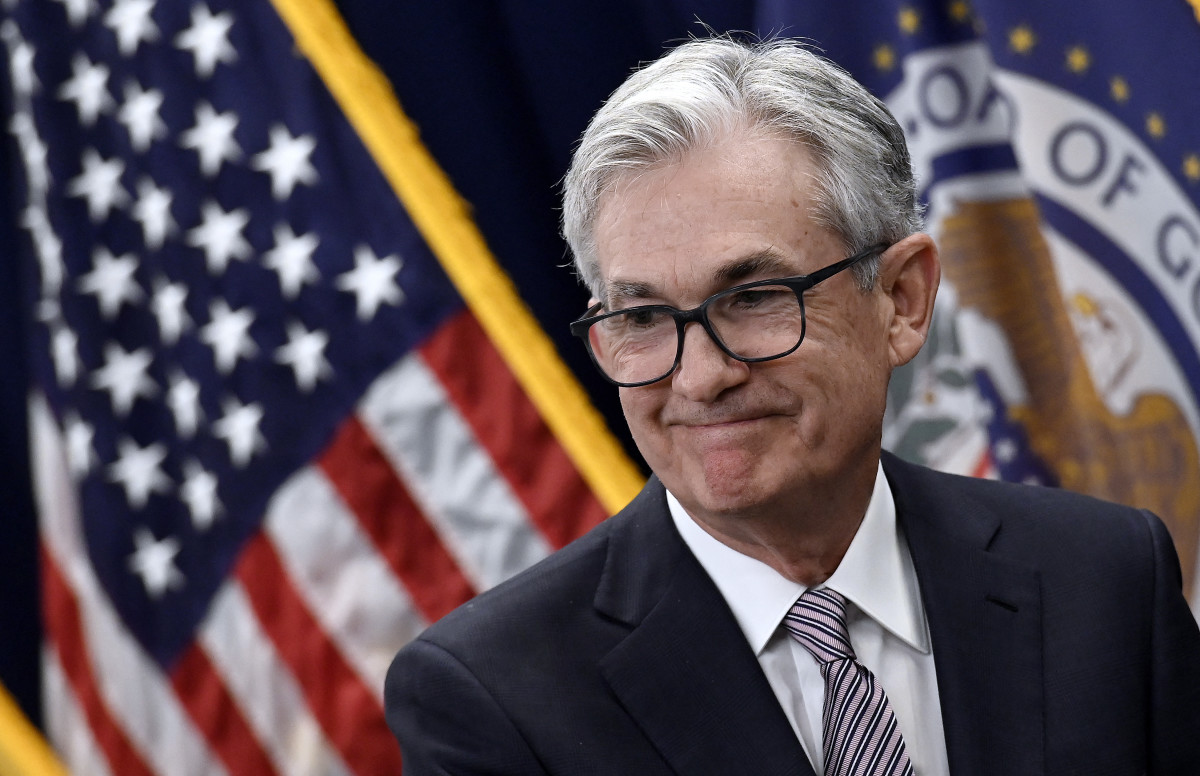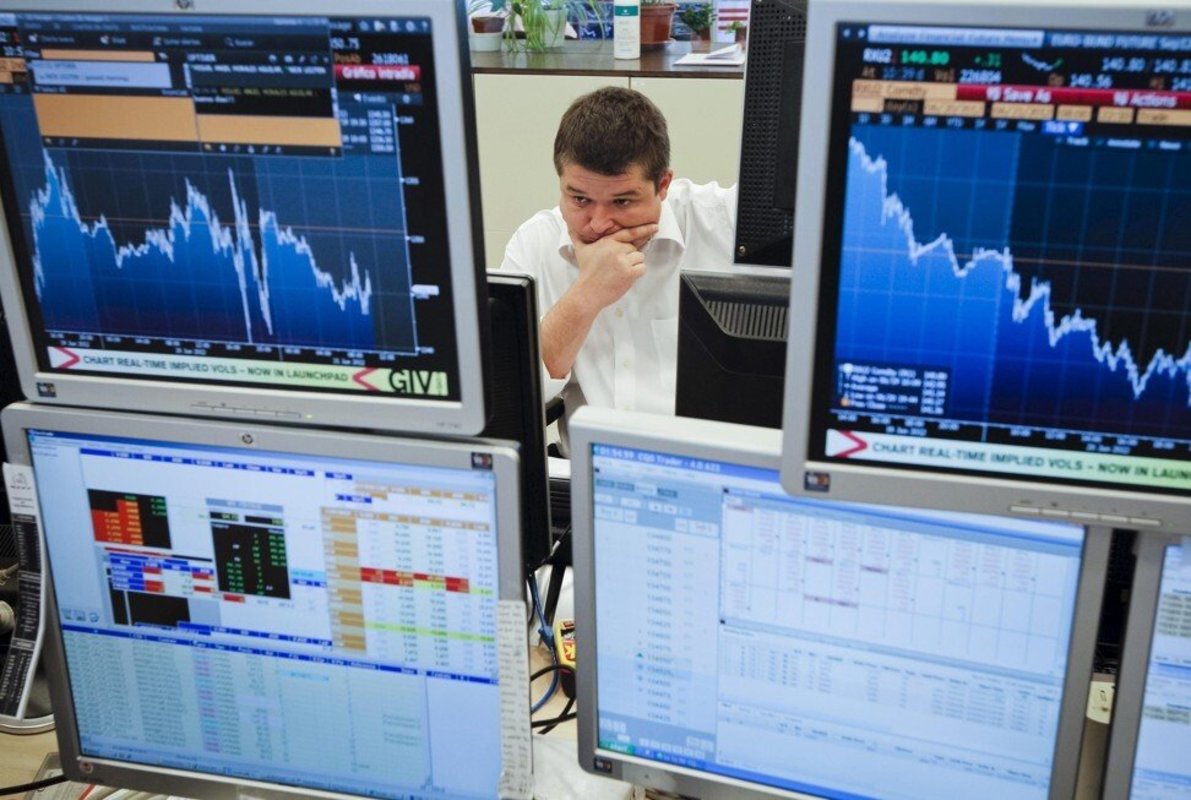
The bond market has been throwing something of a tantrum this week, with benchmark Treasury yields rising to the highest levels in more than a month, amid renewed concerns that the Federal Reserve is likely to keep its base lending rate unchanged well into the end of the year.
Inflation risks, tied to stronger-than-expected readings for May factory activity, consumer confidence and the broader services sector, are also rising as the job market remains historically tight and the economy continues to defy the bond market's long bet on a near-term recession.
Benchmark 10-year note yields, a global proxy for risk-free interest rates, hit a one-month high of 4.627% in overnight trading, extending their rise from first-quarter levels to around 43 basis points, or 0.43 percentage points.
Three Treasury auctions this week as well drew muted interest from investors despite the sharply lower prices and higher coupon yields, thanks in part to the larger amounts on offer and the uptick in inflation concerns.
In addition, stocks in May have given back a big chunk of their hard-fought gains, as bond yields surged and traders pared bets on an autumn Fed interest-rate hike to an effective coin flip.

But what if the bond market is reacting not just to inflation pressures, which have certainly remained stubborn, but to the billions in new supply investors will have to take down over the coming months?
Massive bond-supply wave; easing inflation factors
Data from French bank BNP Paribas suggests that tally could top $340 billion next month from government issuers in the U.S, the U.K. and Europe.
The Fed is also buying fewer bonds to replace maturing debt on its $7.5 trillion balance sheet as part of its so-called quantitative tightening process, which began in 2019.
Meanwhile, some of the root inflation causes appear to be moderating, and investors are closely eyeing data from the Fed's preferred benchmark, the PCE Price Index, which will be published before the market opens on Friday May 31.
Gasoline prices are down around 2.4% from last month, according to AAA data, and they are largely unchanged from Memorial Day last year, even though WTI crude-oil prices are up more than 11% from year-earlier levels.
Related: Fed rate cuts face big reset on renewed inflation risks
Companies from McDonald's (MCD) to Target (TGT) , Amazon (AMZN) and Walmart (WMT) , meanwhile, have grown increasingly sensitive to their customers' inflation complaints and have planned notable price cuts in order to maintain market share.
"With the economy operating in low gear, consumers are feeling less flush," said Comerica's chief economist Bill Adams. "A cooler economy is limiting businesses’ ability to raise prices, which will help slow inflation in the second half of the year."
Slowing growth estimates
Data from the Commerce Department, meanwhile, indicated that first-quarter GDP growth slowed to the lowest levels since early 2022 as consumption faded and prices pressures eased.
Jobless claims also ticked higher, albeit modestly, over the period ended May 25, taking the four-week average to the highest levels since September of last year.
"The economic data today are a double-edged sword. On the one hand, the slowing GDP (1.3% from 1.6%) and slowing personal consumption are a sign that the economic expansion is cooling, which could be a concern for companies and stock market investors," said Chris Zaccarelli, chief investment officer for the Independent Advisor Alliance.
Related: Key bond market signal sounds inflation alarm
"On the other hand, slowing consumption and economic growth could be just the news we need to see in order for the rate of inflation to keep coming down and allow the Fed to reduce interest rates after all," he added.
But investors first will need that thesis confirmed by Friday's PCE inflation reading for April before they'll be prepared to embrace the idea that price pressures are easing alongside slowing economic growth.
That remains acutely true given that the Atlanta Fed's GDPNow forecasting tool indicates a growth rate of 3.5% heading into the final month of the second quarter.
Fed inflation gauge in focus
Economists are estimating that the core PCE reading, which strips out volatile components like food and energy prices, rose 0.3% on the month and 2.8% on the year, unchanged from March levels.
A softer-than-expected reading, however, could cement the case that inflation is returning to the Fed's 2% target, adding to bets that Chairman Jerome Powell and his colleagues will be minded to trim rates in September.
"Lower inflation will take pressure off the consumer and give investors more confidence that the Fed can lower rates later this year," said eToro's U.S. investment analyst, Brent Kenwell. "This scenario would strengthen the case for a soft landing, provided the labor market and economy can hold steady."
Related: CPI inflation report resets timing of Fed interest rate cuts
The massive supply wave, however, could keep Treasury yields elevated even after a better-than-expected PCE print. And bond investors could be enticed to sell U.S. Treasury securities to buy European government bonds to ride an expected summertime rally primed by interest-rate cuts from the European Central Bank.
And it's worth noting that the bond market's recent predictive record is spotty at best: The yield curve, which plots the difference between short- and long-term Treasury rates, has been inverted since summer 2022.
Higher short-term rates with lower long-term ones usually means recession risks are on the horizon. But that bet has failed to materialize despite the longest market inversion — now 695 days and counting — on record.
And that could test the stock market's ability to hold gains into June as the first-quarter earnings season draws to a close and investors await the key May jobs report due Friday, June 7.
More Economic Analysis:
- Housing has a problem bigger than interest rates
- Analyst updates S&P 500 price target after CPI inflation surprise
- CPI inflation report resets timing of Fed interest rate cuts
"The name of the game is still inflation and interest rates, and despite an expected downward revision to GDP, there wasn’t much in today’s data to shake up the status quo," said Chris Larkin, managing director for trading and investing at E-Trade from Morgan Stanley.
"Despite bullish exuberance, the S&P 500 has been, at best, treading water since May 15, when [Consumer Price Index] inflation showed inflation had cooled in April," he added.
"Stay tuned for tomorrow’s PCE Price Index release because it could dominate market sentiment until next Friday’s jobs report."
Related: Veteran fund manager picks favorite stocks for 2024







